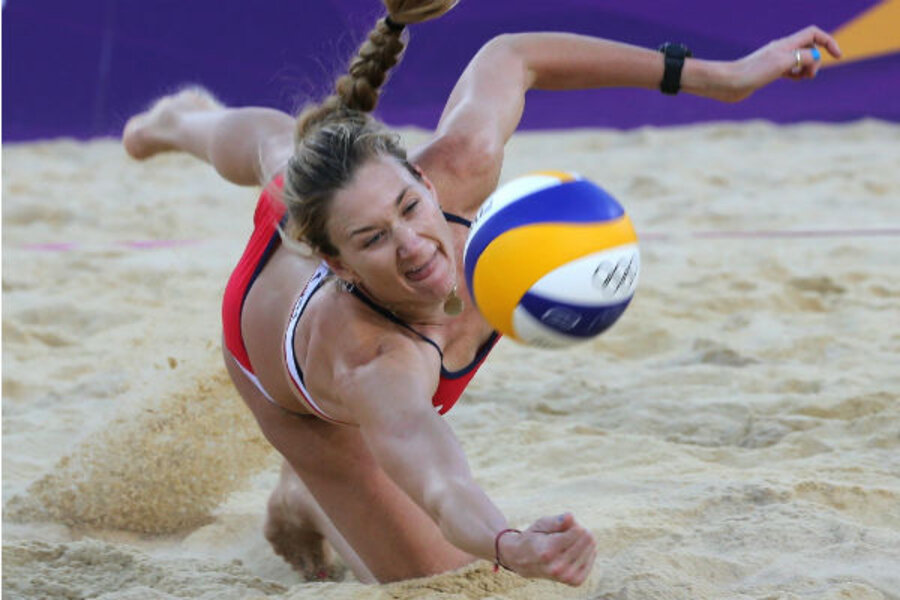Amy Acuff is the sixth track and field athlete to qualify for five Olympic Games. But this year, she has made some improvement in her technique, inspired by her daughter Elsa.
Ms. Acuff said that motherhood has helped her improve her high jump mechanics.
“I think motherhood changes your brain and how you think,” she said in an article for the Team USA website. “It allows you to multitask a lot more and to be able to focus on a lot of things at once. I feel like I am better now in my brain chemistry to be able to not just get narrowly focused and monitor a lot of things. People don’t realize it, but you have to keep track of a lot of stuff in high jump. It’s not only these angles and this rhythm and this tempo and these body positions. Everything has to be dialed in to perfection.”
Acuff’s first Olympics was Atlanta in 1996, and her best Olympic finish was fourth place in Athens in 2004, the highest placing by an American in the high jump since 1988.
Between Olympics, Acuff had a successful US track and field record: She is a six-time outdoor champion (1995, 1997, 2001, 2003, 2005, and 2007) and a five-time indoor champion (2001, 2004, 2007, 2008, and 2009). Her personal record is 6 feet, 7 inches, set in 2003.
After placing 12th at the world outdoor competition in 2009, Acuff retired to start a family. She also became an acupuncturist.
She gave birth to daughter Elsa in May 2010. When Acuff started working out again last year, she realized she still had the strength to be competitive in the high jump.
She joins teammate Chaunté Lowe, also a mother, for the high jump competition on Aug. 9.









